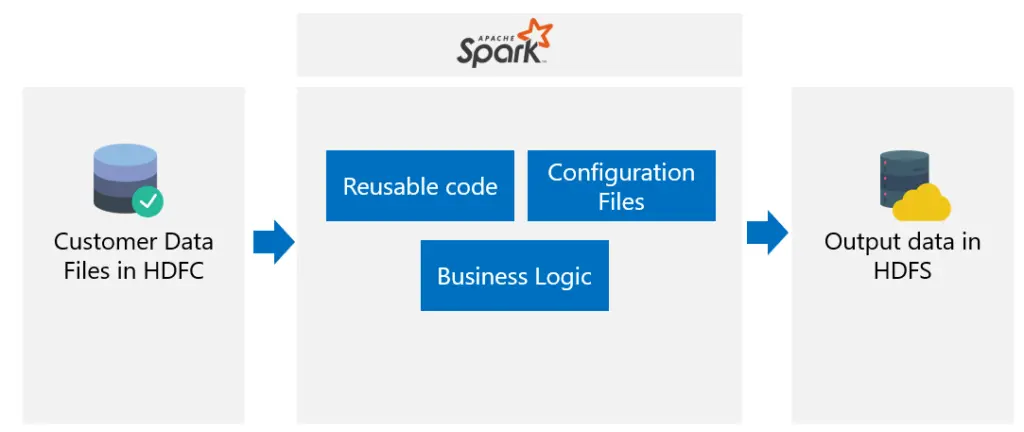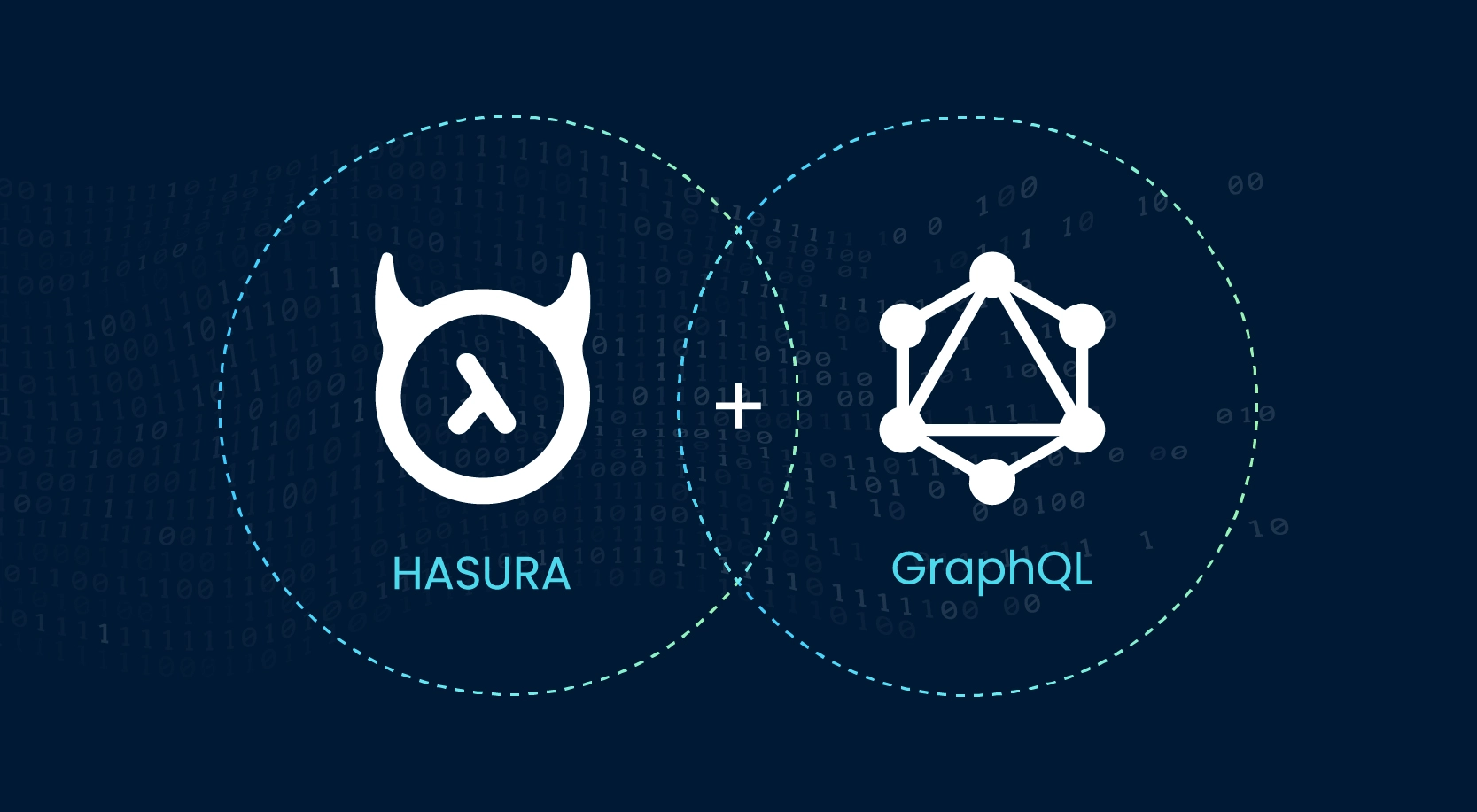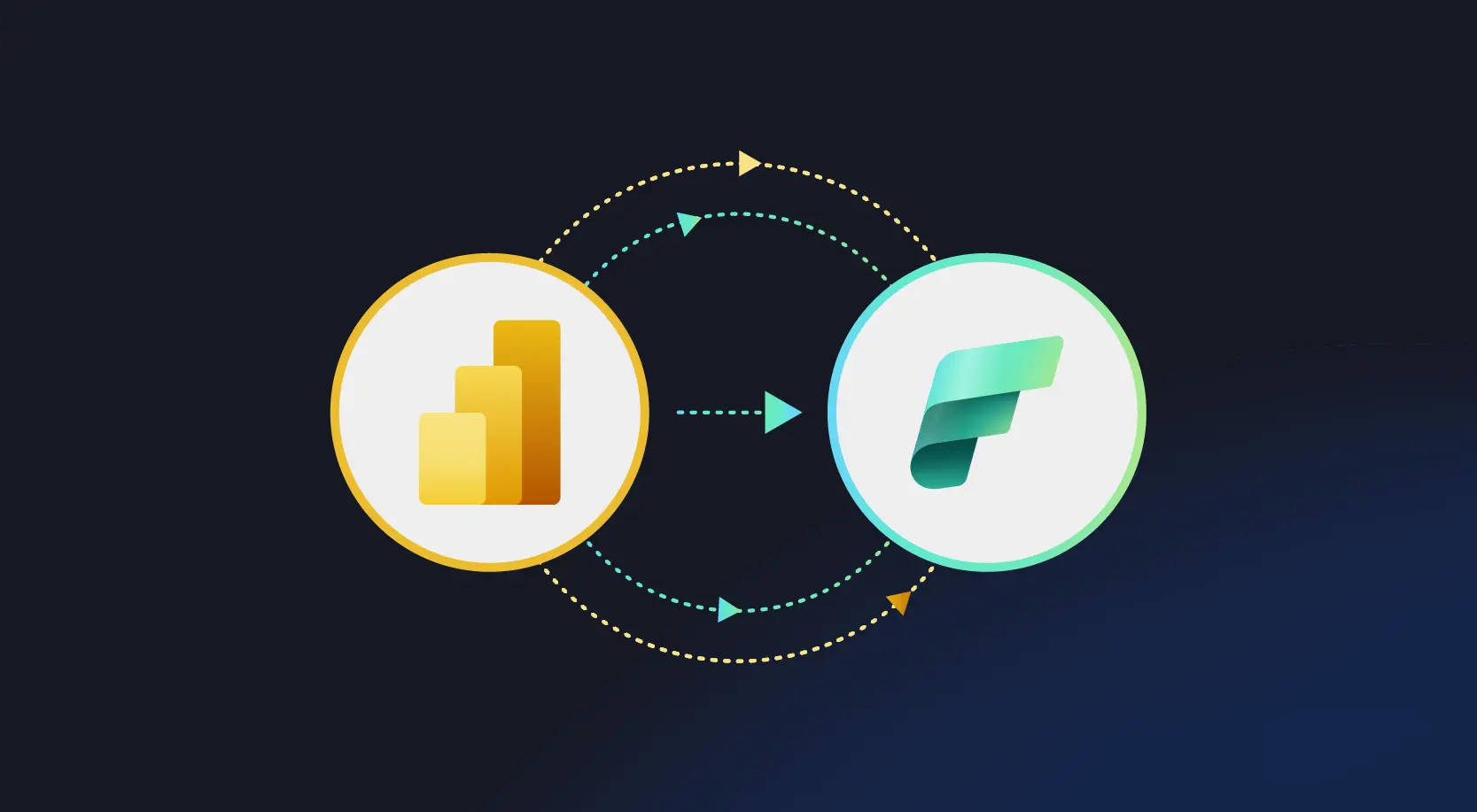
To start off discussing what we can do with data, we first need clarity on what exactly big data is. Gartner in its description says, Big data is high-volume, high-velocity and/or high-variety information assets that demand cost-effective, innovative forms of information processing that enable enhanced insight, decision making, and process automation.
The important part of this description is the emphasis on innovative forms of information processing. And the singular purpose of this is to provide better insight into existing business practices. This insight should help with decision making and not stopping there should help enterprises to automate existing processes. As Gartner puts it, progressive leaders reengineer data and analytics to turn decision making into a competitive advantage. As a result of the role that big data plays for enterprises, data processing has become a critical component for decision making and there are multiple players whose solutions are empowering businesses to transform their data.
But how does one know which solution works well and how easy or difficult will the integration process be? This blog firstly looks at Apache Spark 3 3 from its advantages and then delves into how it works on Azure Synapse Analytics and its role in empowering businesses with valid data.
What is Apache 3 and Why is It Important in the Business Context?
To understand Apache 3’s business uses, we could look a case study. The customer, an American multinational computer software company connects content and data and introduces new technologies that democratize creativity, shapes the next generation of storytelling, and inspires new categories of business. The customer was considering transitioning their on-premises big data platform to the cloud and before embarking on this journey, they wanted to ensure that they would not face the challenges they were facing with their current data processing:
- Slower code execution speed
- Higher storage requirement
- Difficult to maintain workflows
The customer hoped that transitioning to Apache Spark 3 3 from their current MapReduce would help to reduce the execution and processing timeof jobs. For the uninitiated, Apache Spark 3 is a unified analytics engine for large-scale data processing. It provides high-level APIs in Java, Scala, Python and R, and an optimized engine that supports general execution graphs. It also supports a rich set of higher-level tools including Spark SQL for SQL and structured data processing, MLlib for machine learning, GraphX for graph processing, and Structured Streaming for incremental computation and stream processing.
To summarize, Apache Spark 3 is a data processing engine. It is recognized for its faster performance as it uses random access memory (RAM) to cache and process data.
Keeping aside the technical jargon for the time being, let’s look at the benefits the customer derived from the transition. Firstly, the transition enabled the customer to process data faster and improved the overall performance of the job by reducing the executing time by more than 50%. In terms of business value, the customer experienced:
- Reduced the execution and processing time of job by 50%
- Greater customer satisfaction through better project execution
- Better opportunities and improved business performance.
Apache Spark 3 on Azure Synapse Analytics for Data Transformation
In this second part of the blog, we look at Azure Synapse Analytics and how Apache Spark 3 in Azure Synapse Analytics is transforming data analytics for global businesses.
Azure Synapse Analytics is a limitless analytics service that brings together data integration, enterprise data warehousing and big data analytics. Its MPP (Massively Parallel Processing) architecture helps to speed up processes. It is recognized for its scalability and its ability to handle tons of data in the petabyte range. It is also appreciated for its ability to extract data fast.
Apache Spark 3 in Azure Synapse Analytics is one of Microsoft’s implementations of Apache Spark 3 in the cloud. Azure Synapse makes it easy to create and configure a serverless Apache Spark 3 pool in Azure. Spark pools in Azure Synapse are compatible with Azure Storage and Azure Data Lake Generation 2 Storage. So you can use Spark pools to process your data stored in Azure.
Spark pools in Azure Synapse offer a fully managed Spark service and its features are listed here:
| Feature | Description |
| Speed and efficiency | Spark instances start in approximately 2 minutes for fewer than 60 nodes and approximately 5 minutes for more than 60 nodes. The instance shuts down, by default, 5 minutes after the last job executed unless it is kept alive by a notebook connection. |
| Ease of creation | You can create a new Spark pool in Azure Synapse in minutes using the Azure portal, Azure PowerShell, or the Synapse Analytics .NET SDK. |
| Ease of use | Synapse Analytics includes a custom notebook derived from Nteract. You can use these notebooks for interactive data processing and visualization. |
| REST APIs | Spark in Azure Synapse Analytics includes Apache Livy, a REST API-based Spark job server to remotely submit and monitor jobs. |
| Support for Azure Data Lake Storage Generation 2 | Spark pools in Azure Synapse can use Azure Data Lake Storage Generation 2 as well as BLOB storage. For more information on Data Lake Storage. |
| Integration with third-party IDEs | Azure Synapse provides an IDE plugin for JetBrains’ IntelliJ IDEA that is useful to create and submit applications to a Spark pool. |
| Pre-loaded Anaconda libraries | Spark pools in Azure Synapse come with Anaconda libraries pre-installed. Anaconda provides close to 200 libraries for machine learning, data analysis, visualization, etc. |
| Scalability | Apache Spark 3 in Azure Synapse pools can have Auto-Scale enabled, so that pools scale by adding or removing nodes as needed. Also, Spark pools can be shut down with no loss of data since all the data is stored in Azure Storage or Data Lake Storage. |
The Benefits of Apache Spark 3 on Azure Synapse Analytics
- As mentioned earlier, Apache Spark 3 3 is compatible with Scala, Python, Spark SQL, .NET and so forth, making data binding simpler. This is important for businesses that have accumulated data and now face challenges with data integration and processing.
- The two together can process large volumes of data and overcome the challenges faced with MapReduce. In fact, it is comfortable with data even crossing 100 Petabytes.
- Another advantage is its scalability as it works with relational databases by using SQL solutions for data movements.
- It works with both structured and non-structured datasets.
- Reduces latencies to less than 1 millisecond when streaming real-time data and applying transformations on the same.
- Helps data scientists by handling large libraries of data comfortably.
- GraphX which is compatible with Apache Spark 3 enables graph computation using edges and vertices to represent data for business purposes.
To summarize it is a game-changing one-stop-shop for analytics and helps develop data warehousing or big data workloads.
Why WinWire?
WinWire with its strong experience in Microsoft technologies helps customers to integrate Apache Spark 3 on Azure Synapse Analytics.
In a recent customer story, WinWire, was selected to help with transitioning the customers data platform to Azure Synapse Analytics. To do so, it first focused on transitioning MapReduce code to Spark to overcome MapReduce’s limitations. This is because, MapReduce does not cache intermediate data in memory, and this reduces data value. Therefore, WinWire, in collaboration with the customer prioritized jobs [LTV & AES] to convert MapReduce jobs to Spark. These were categorized as high complexity jobs.
WinWire team transitioned MapReduce code to Spark code seamlessly. This transition enabled the customer to process data faster and improved the overall performance of the job by reducing the executing time by more than 50%.

Its experience in technologies such as Hive, Spark -2.4, Scala – 2.11, IntelliJ Idea Community Edition – 2021.1, Unravel, Hive Shell, Spark2-shell, CDH – 5.16, and GitHub ensured that the customer could maximize the benefits of Apache Spark 3 on Azure Synapse Analytics.






